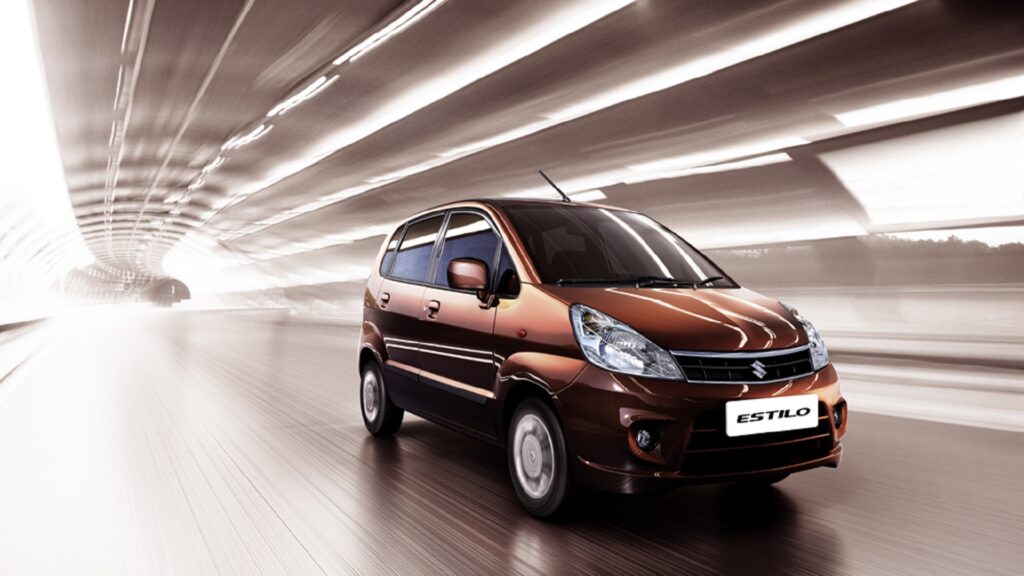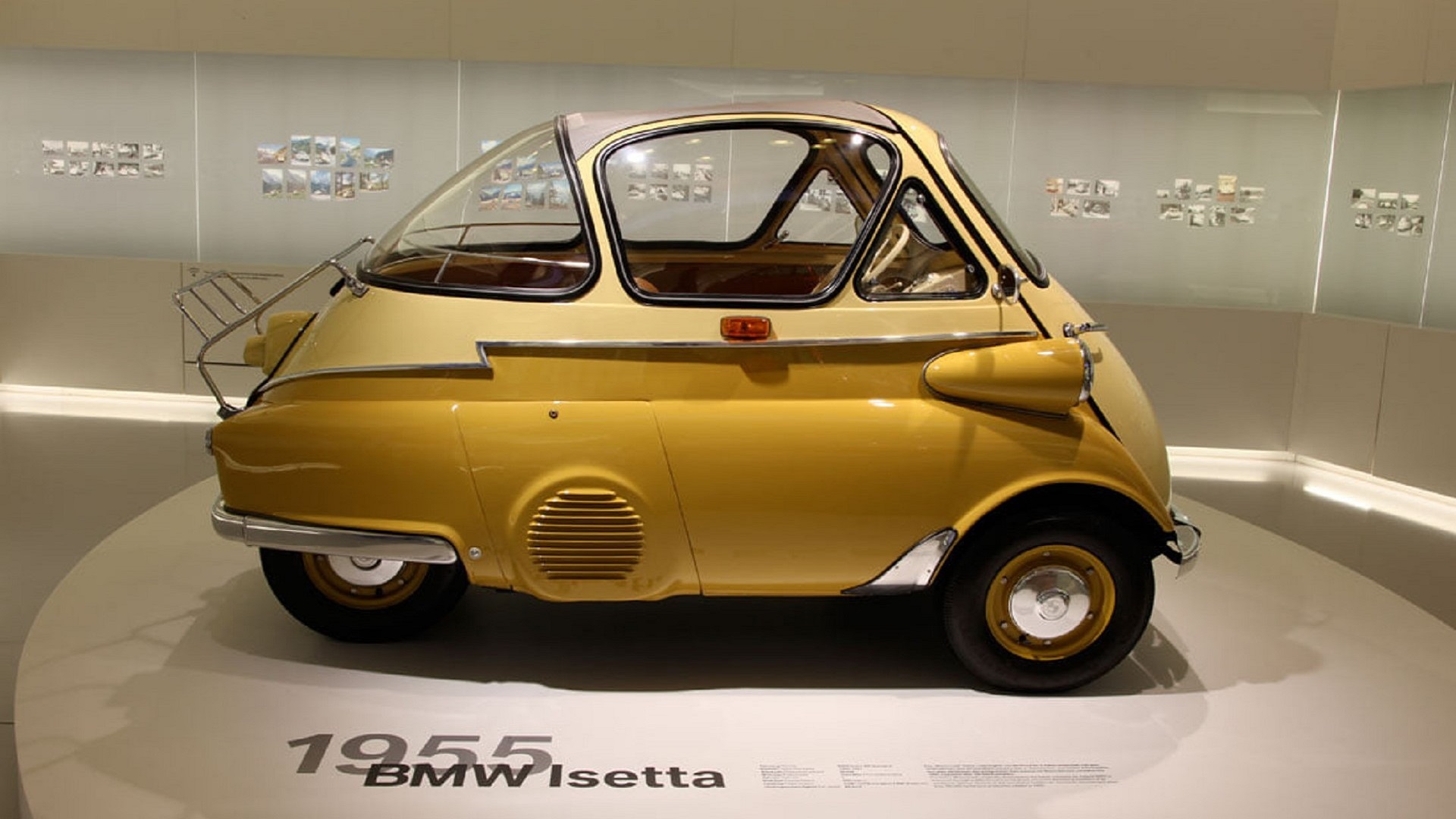Now Reading: The 2019 Lotus Evija – After a long hiatus, the Lotus brand rises from the dead and comes alive again.
-
01
The 2019 Lotus Evija – After a long hiatus, the Lotus brand rises from the dead and comes alive again.
The 2019 Lotus Evija – After a long hiatus, the Lotus brand rises from the dead and comes alive again.
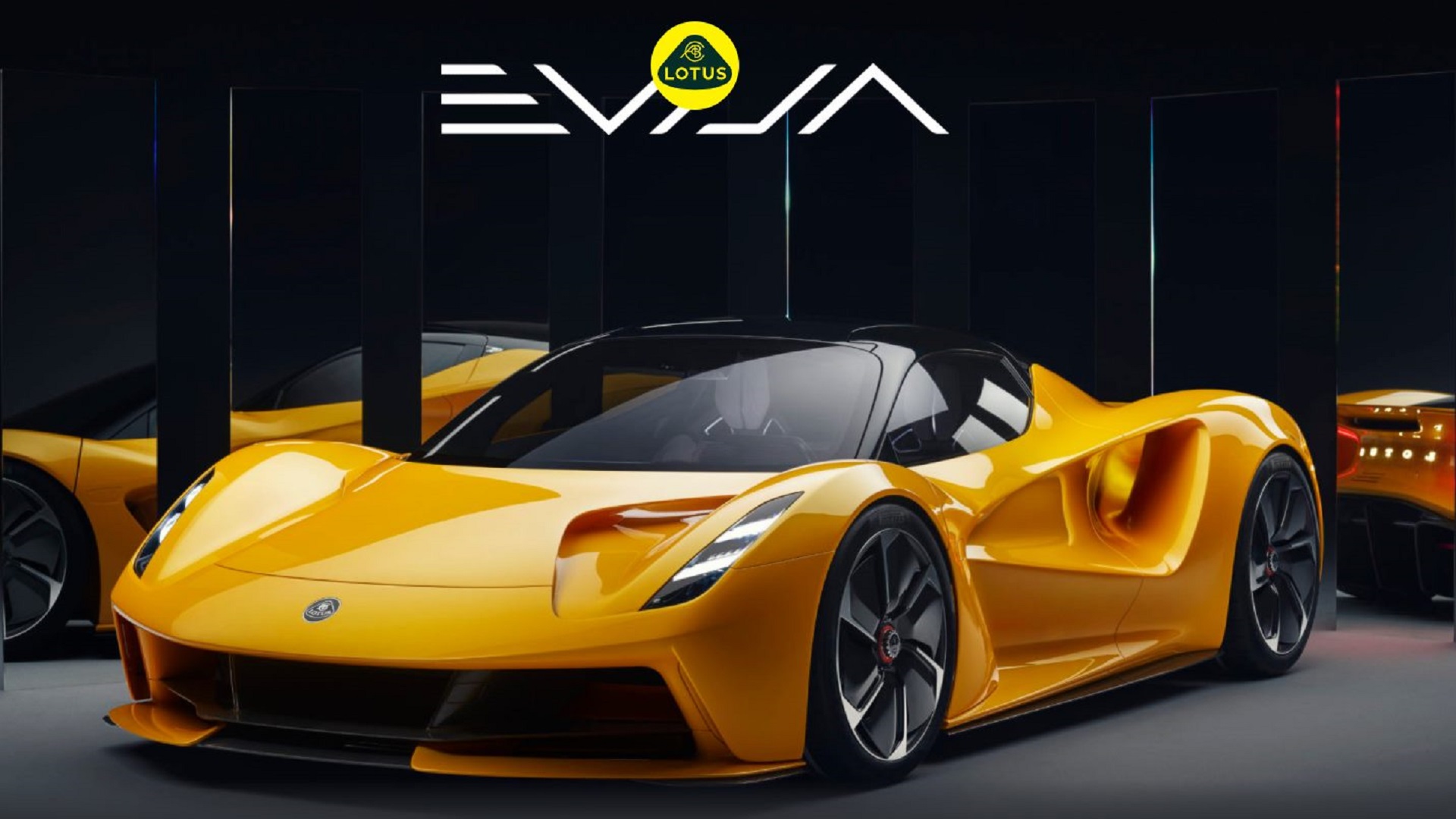
Over the past two decades, Lotus hasn’t been a frequent name in the world of luxury cars, but this British company left a significant mark on the automotive industry from the early ’80s to the late ’90s. Now, 23 years later, Lotus is once again capturing global attention with the unveiling of its new, all-electric hypercar, the Evija, which debuted in July last year.
Since the late ’90s, Lotus faced a series of financial challenges and changed ownership multiple times. Now, under the leadership of China’s Geely, Lotus is on a new path. After Geely took over in 2017, they planned to produce the first fully electric hypercar manufactured in Britain. Their goal was to show the world that Lotus still possessed the engineering prowess it was known for two decades ago. That dream has come true with the Evija, boasting 2,000 horsepower and claiming the title of the world’s most powerful production car.
Let’s revisit Lotus’s history to understand the journey leading to this groundbreaking car.
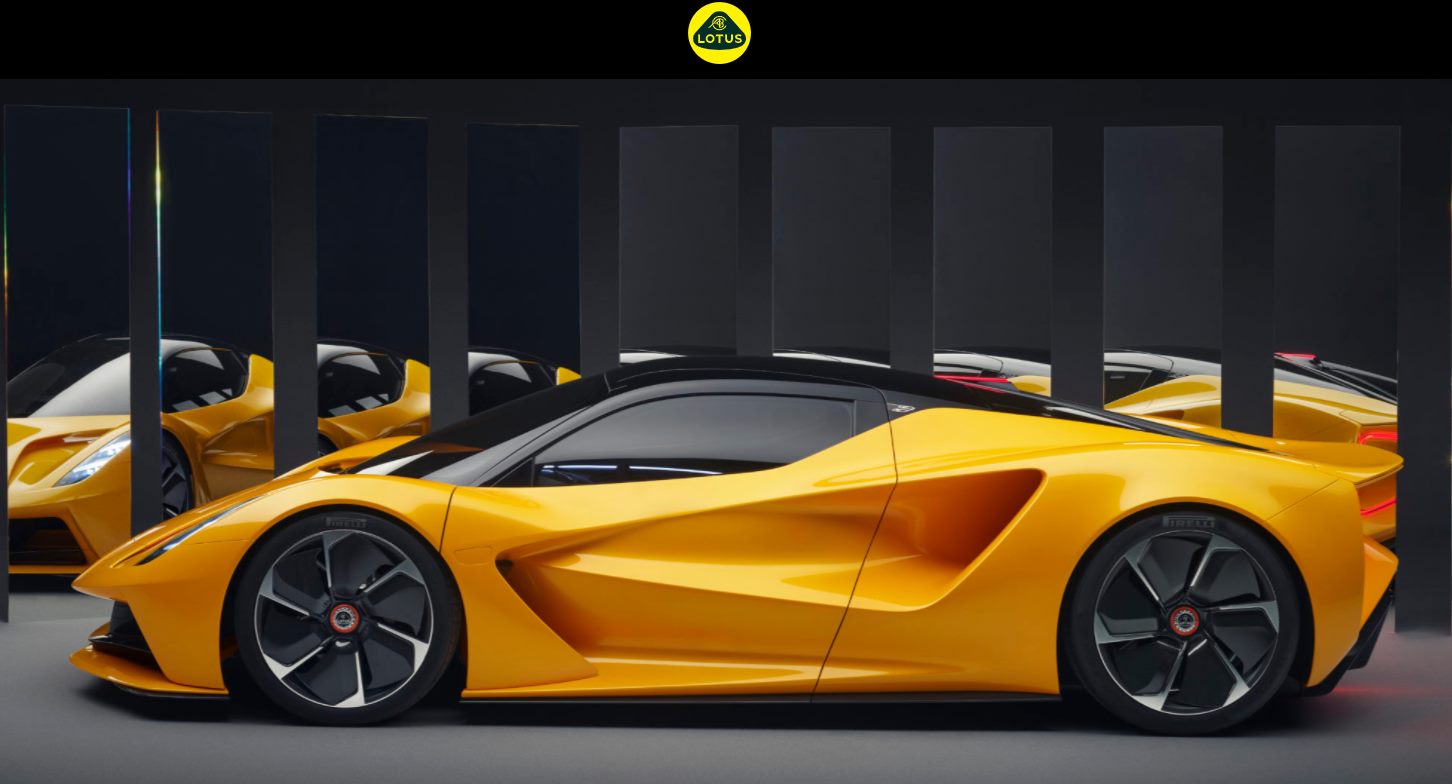
Founded in 1948, Lotus is a British automaker based in Hethel, Norfolk. Colin Chapman, a British engineer and visionary, was the founder of Lotus. He studied structural engineering at the University of London and served in the Royal Air Force, where he developed an interest in aircraft technology. His engineering innovations were reflected in the lightweight and straightforward designs of Lotus cars—qualities that remain iconic in Lotus’s current lineup.
Chapman initially experimented with an Austin 7 model, a 20-year-old car he modified for racing. His expertise eventually led him to build cars like the Mark 2, which enabled him to participate in the 750cc Formula 1 racing circuit. As the years passed, he collaborated with the British Aluminium Company to construct a lightweight aluminum-bodied race car.
In 1952, Chapman launched the Lotus Mark VII, a street-legal, open-air track car. Unique to the Mark VII was the method of sales: customers received the vehicle in parts and assembled it themselves, thus reducing government-imposed taxes. The vehicle’s lightweight design and focus on driving dynamics became the hallmark of Lotus, setting the stage for its future in both racing and production cars.
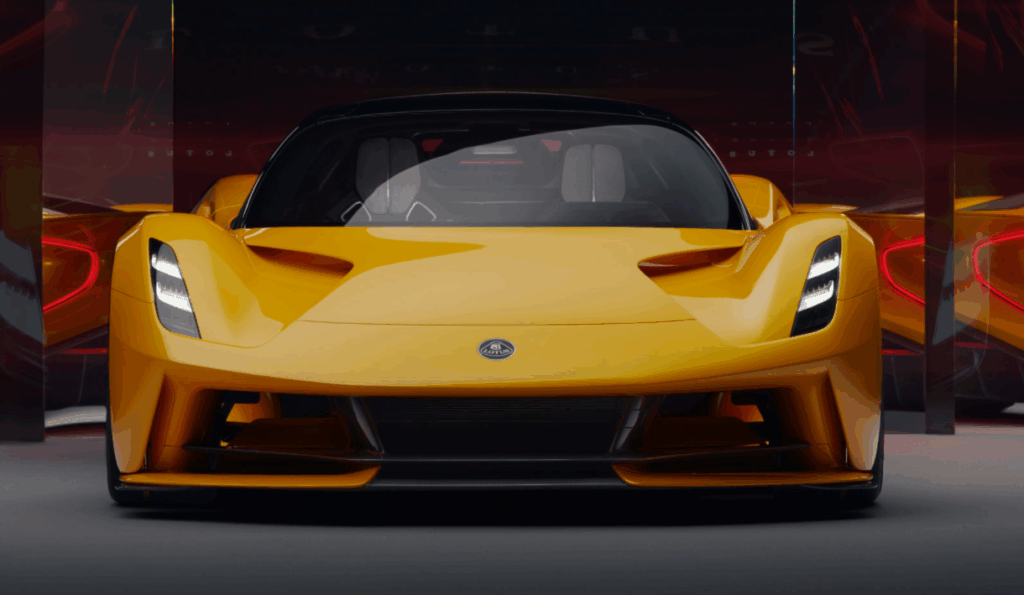
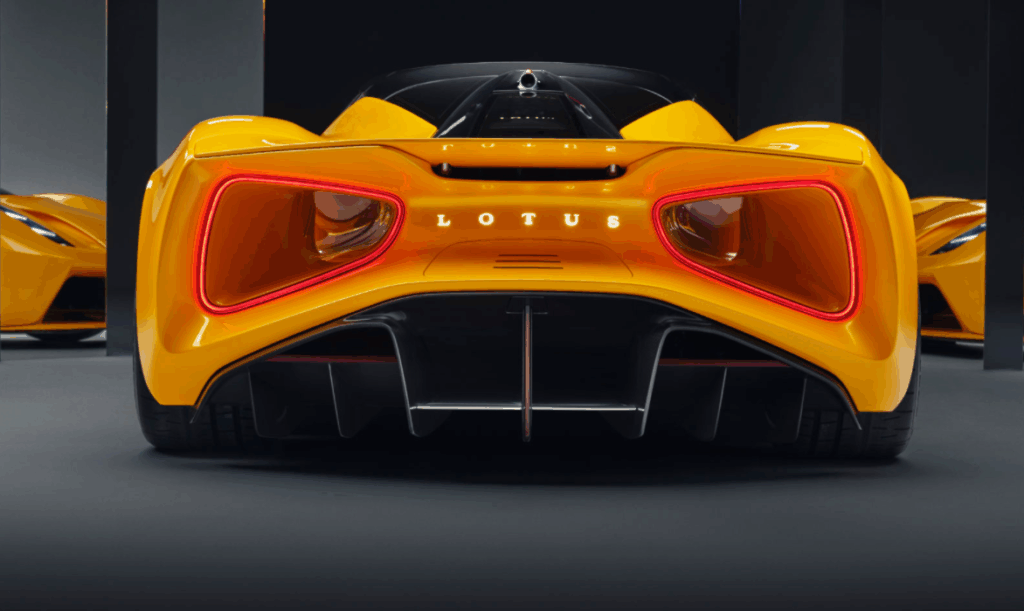
By 1958, Lotus made its first entry into Formula 1 through its sister company, Team Lotus. In 1960, Lotus achieved its first Grand Prix victory in Monaco with Stirling Moss at the wheel. Lotus’s most significant victory, however, came in 1963 when Jim Clark drove the Type 23 to win the first Constructor’s Championship.
Lotus continued to innovate with mid-engine layouts, monocoque chassis designs, and the introduction of aerodynamic wings and active suspensions in Formula 1 cars. It also pioneered sponsorship deals that showcased advertisements on race cars, a now-common practice. The brand won seven Formula 1 World Championships and six 24 Hours of Le Mans races, marking a golden era for Lotus.
Beyond racing, Lotus sought to surpass Italian rivals Ferrari and Lamborghini by producing vehicles like the Lotus Esprit, a car designed in collaboration with ITALDesign and designer Giugiaro. Following the Esprit, the Elise became one of Lotus’s most successful models, crafted with an aluminum chassis and fiberglass body to maximize lightweight handling. Notably, the Elise platform was later used as the foundation for the first-generation Tesla Roadster, Hennessey Venom GT, and Opel Speedster.

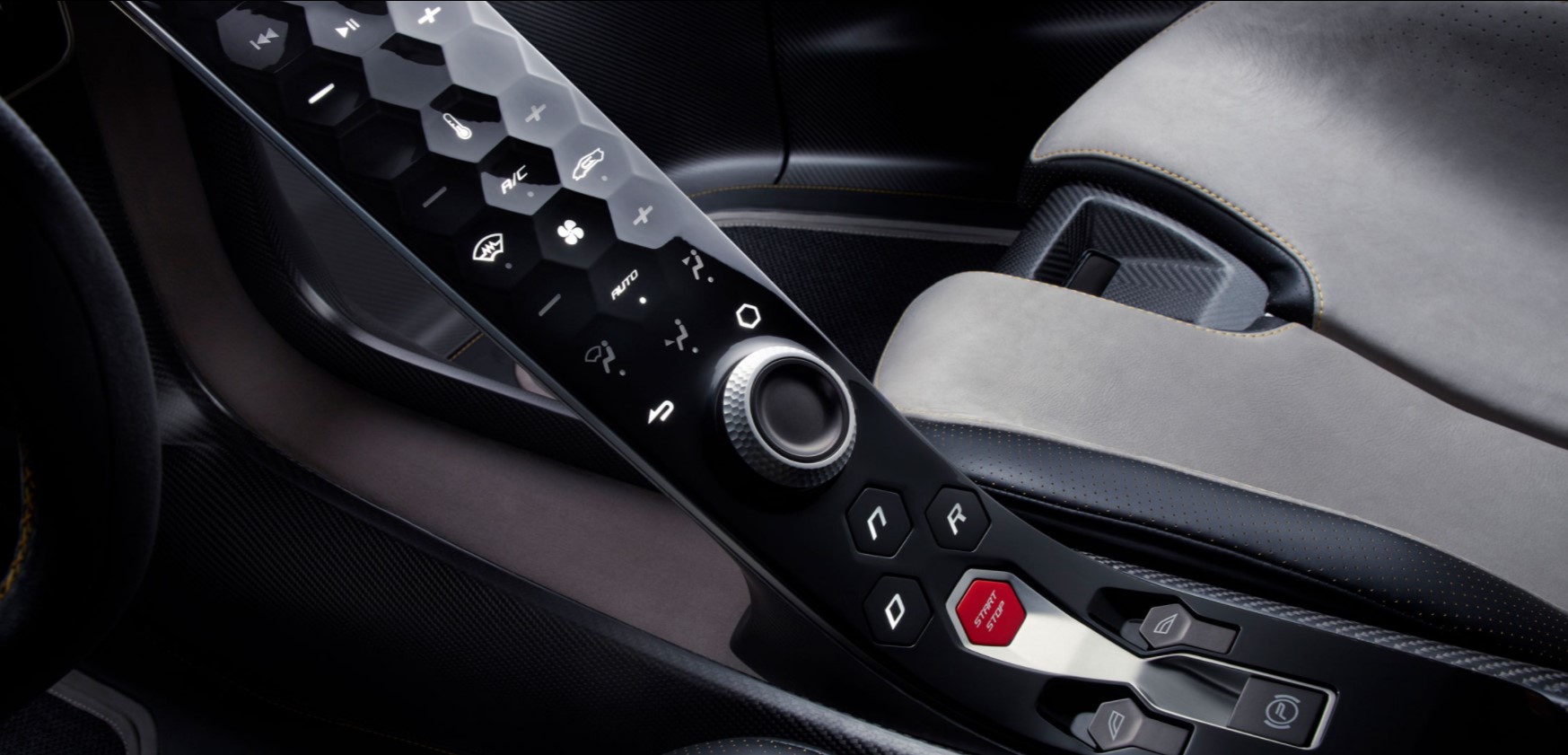
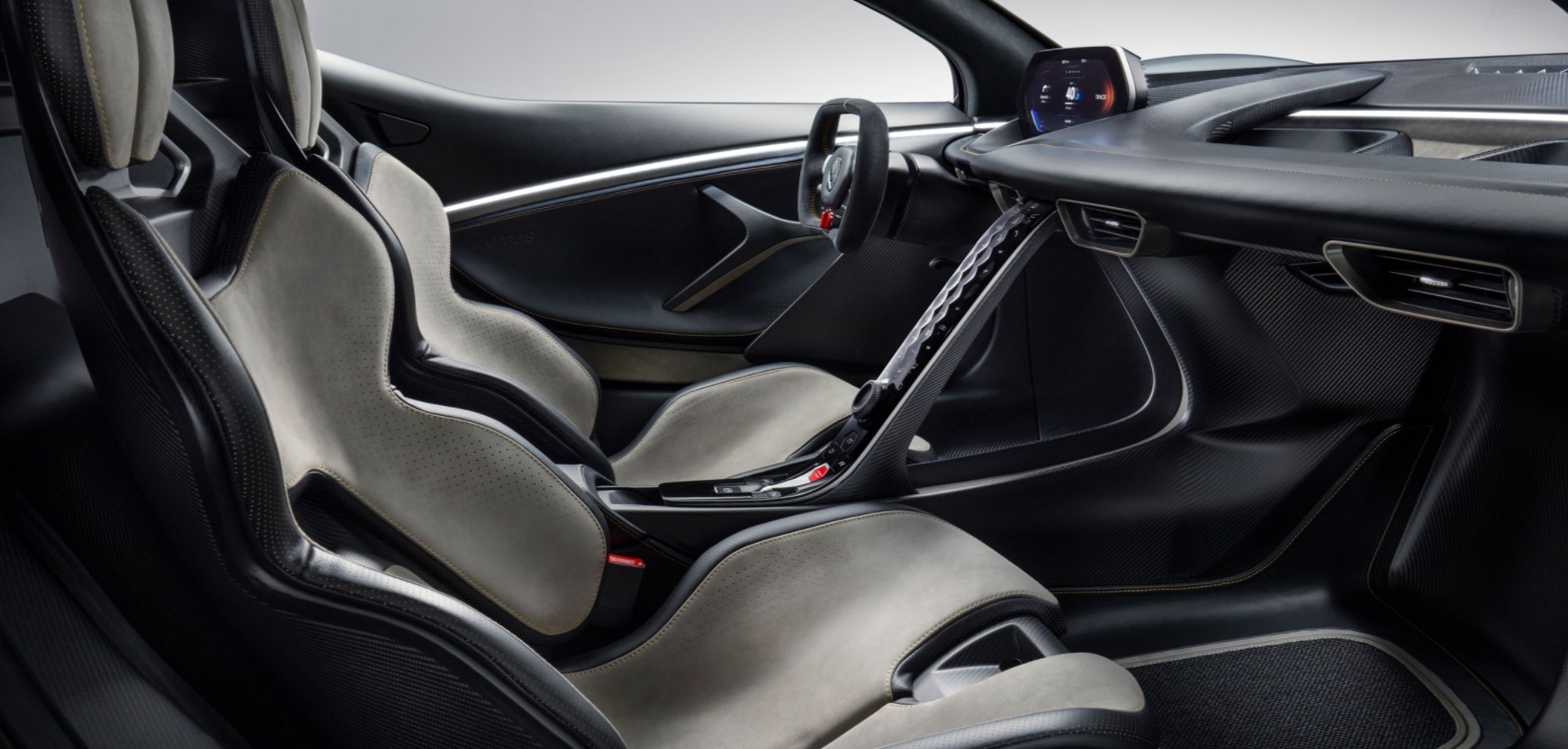
During the era of the Elise’s launch, Lotus was owned by Bugatti. The car was named “Elise” after Elisa Artioli, the granddaughter of Bugatti’s then-chairman, Romano Artioli. The passing of Chapman and subsequent financial challenges led to Lotus undergoing several ownership changes, with GM, Proton, and eventually Geely taking the reins.
Many automotive critics believe that the introduction of the Evija marks the beginning of a prosperous new chapter for Lotus. The Evija stands apart from other cars with its curvy design and airflow tunnels that enhance aerodynamics. Rather than simply cutting through air at high speeds, the Evija is designed to allow airflow through its chassis, which enhances stability and efficiency. Powered by four electric motors, the Evija reaches an astonishing top speed of 217 mph and accelerates from 0-60 mph in under three seconds.
The 70 kWh battery provides a range of 250 miles on a single charge, and thanks to an 800-volt system, the battery can reach 80% capacity in just 12 minutes on a 350 kW fast charger. The fully charged battery only takes an additional six minutes to complete.
Inside, the Evija’s cockpit is as futuristic as its exterior, with a high-tech console resembling the cockpit of a futuristic fighter jet. The dashboard features a unique, honeycomb-like structure that adds to the car’s distinctiveness.












